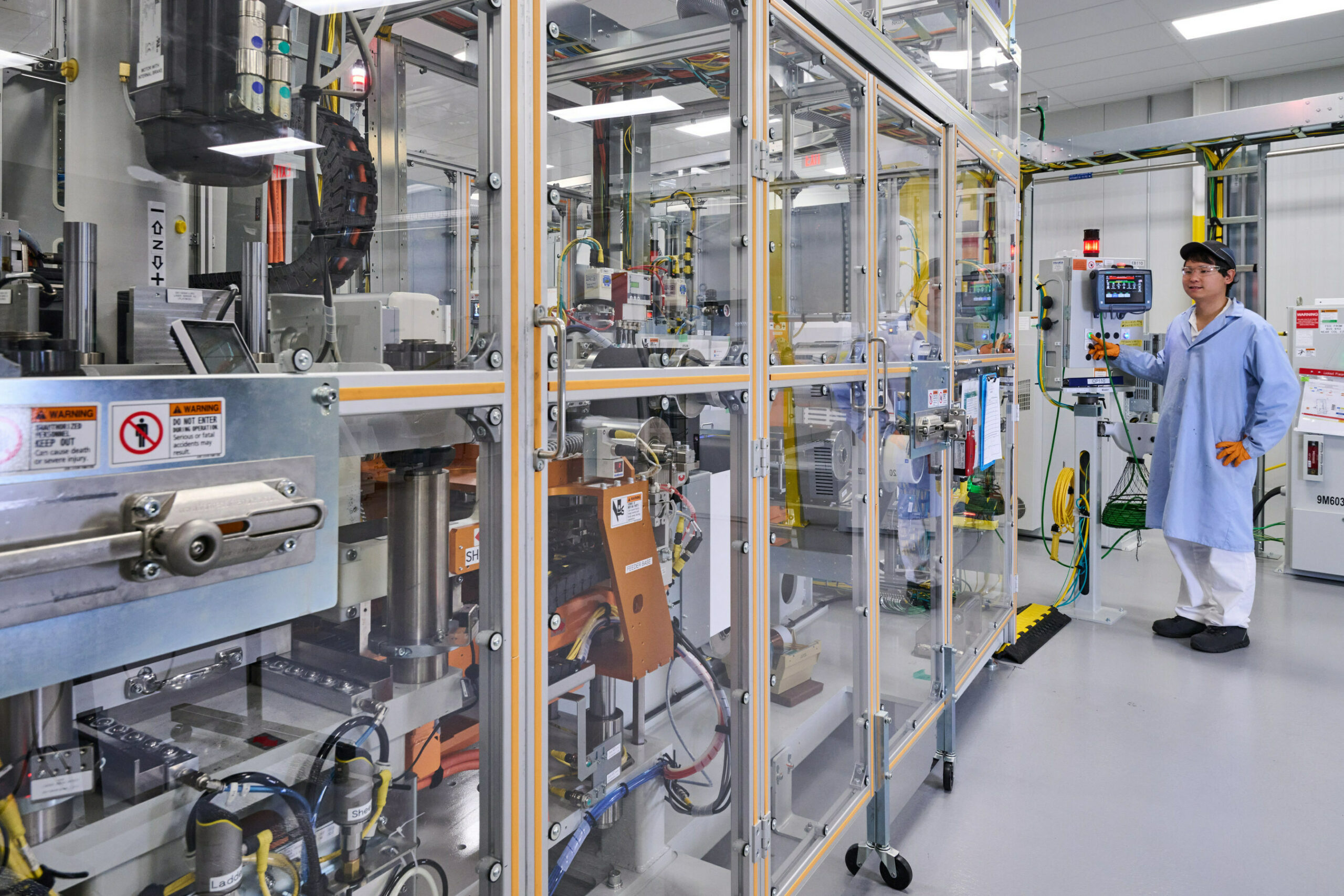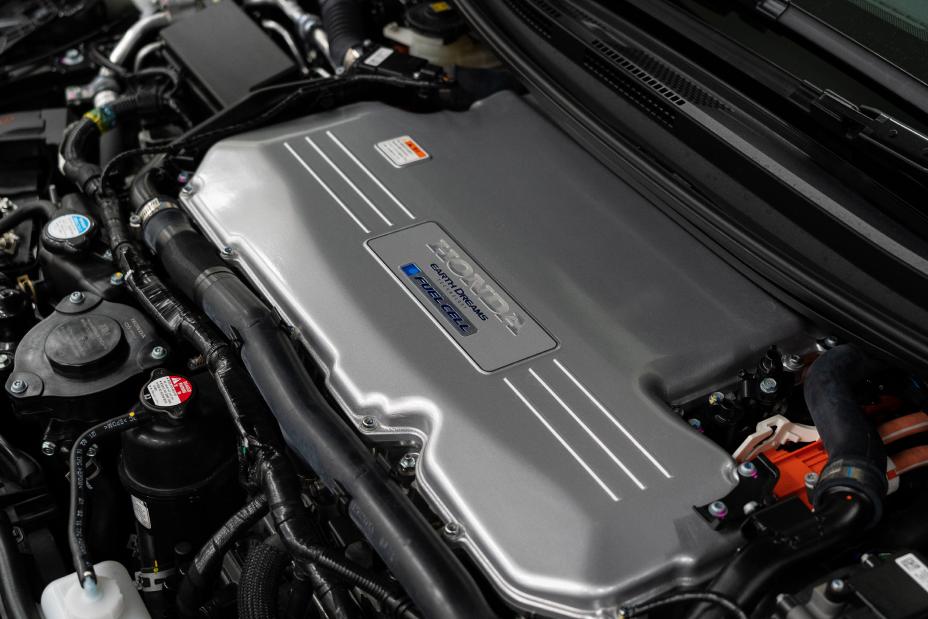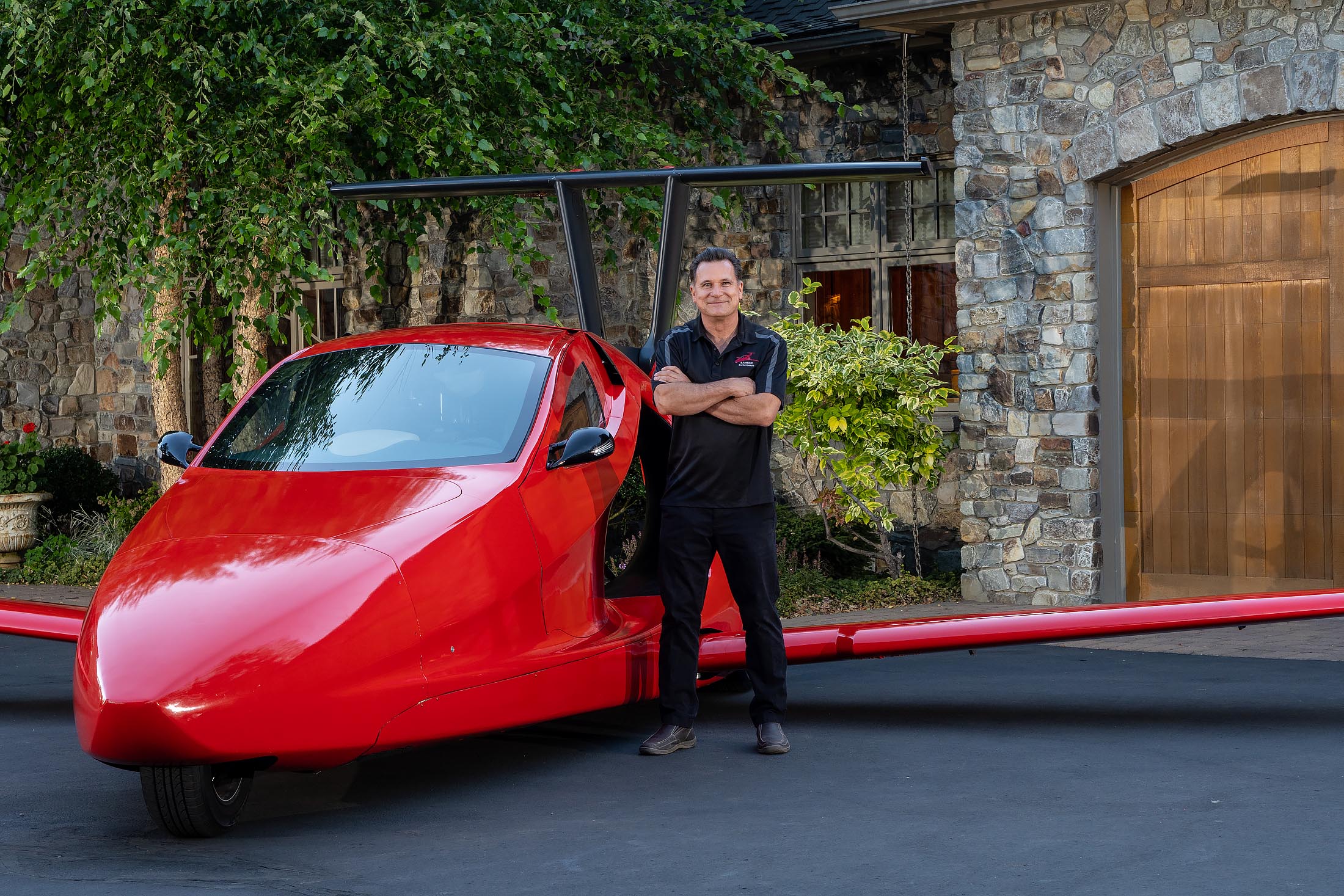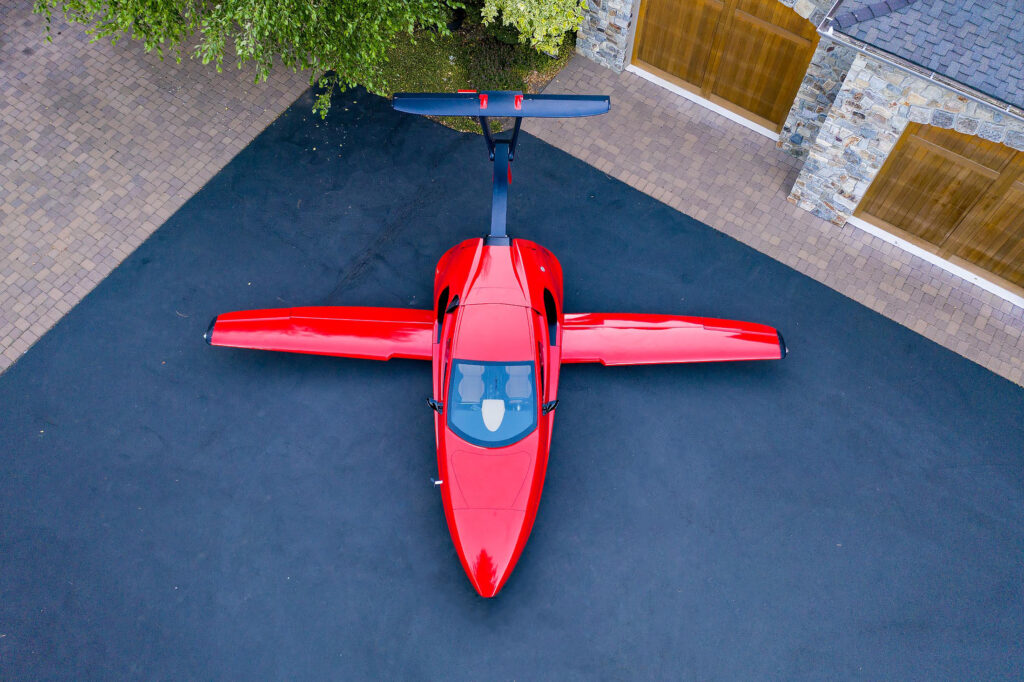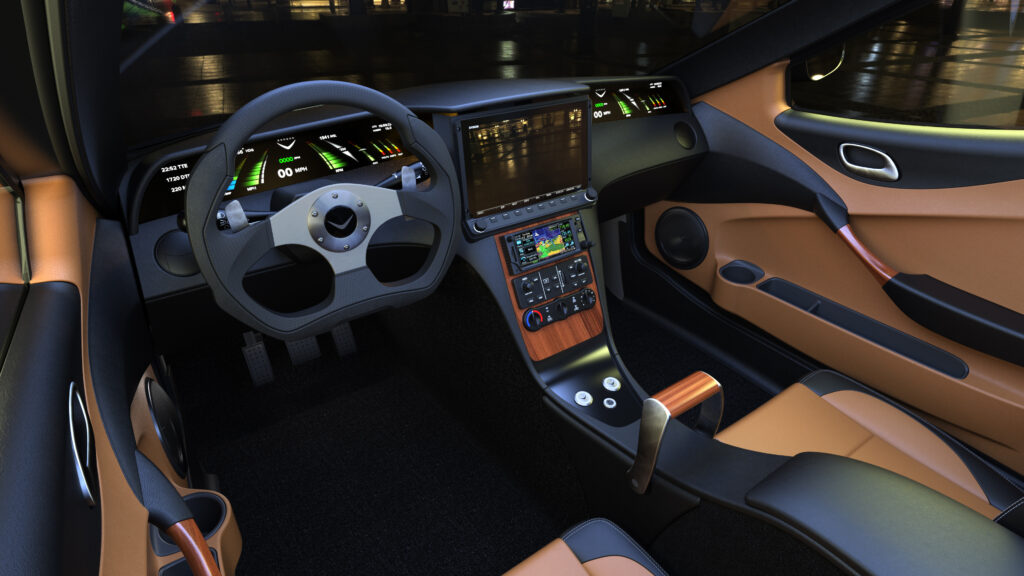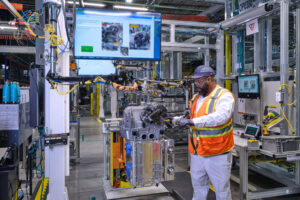
Hydrogen fuel cell production ramps up, flying cars considered in 8 states
By Lurah Lowery onMarket Trends | Technology
GM and Honda have announced the start of production at their 50/50 joint venture production facility, Fuel Cell System Manufacturing (FCSM) — the first large-scale manufacturing joint venture to build commercialized hydrogen fuel cells.
Honda has been conducting research and development of hydrogen technologies and fuel cell electric vehicles (FCEVs) for more than 30 years and has worked with GM on a next-gen fuel cell system since 2013. The automakers have collaborated to double durability compared to the 2019 Honda Clarity Fuel Cell by using corrosion-resistant materials and by improving low-temperature operation, according to a joint news release.
Last year, Honda said its first FCEV equipped with the fuel cell system would be based on the CR-V that was introduced in 2022. It’s slated to launch in North America and Japan this year.
The 70,000-square-foot facility was established in Brownstown, Michigan, in January 2017 from a joint investment of $85 million.
The two companies are also focused on lowering development and manufacturing costs by leveraging economies of scale, advancing cell design, simplifying supporting auxiliary equipment, using common sourcing, and reducing the use of costly precious metals. The goal in all of that is for the manufacturing cost of the new fuel cell systems to be one-third less compared to the system in the 2019 Honda Clarity Fuel Cell.
“This is a historic day for the industry as GM and Honda are the first full fuel cell system manufacturing joint venture to begin volume production of fuel cells for transportation and beyond,” said FCSM president Suheb Haq, in the joint news release on Thursday.
“We begin the process with raw materials for membrane and electrode all the way through completed systems. Ongoing investment and commitment by both companies is driving our success at FCSM. This commitment aligns with our mission of making high quality, durable, and affordable hydrogen fuel cell systems for a wide range of applications and customers.”
FCSM Vice President Tetsuo Suzuki added, “We integrated the strengths of Honda and GM to create the most capable production system at this joint venture. We brought a mass production mindset with attention to detail and a focus on high quality, and now we are ready to meet the needs of the customers for the future applications of fuel cell technology and the beginning of the hydrogen era.”
Significant efforts have been made at FCSM “to ensure the highest levels of quality while improving manufacturing productivity,” according to GM and Honda. The venture incorporates many first-of-their-kind methods for automating membrane-electrode assembly production and fuel cell stack assembly.
“Our new fuel cell system is at the core of Honda hydrogen technology and our strategy to expand the range of applications that use hydrogen to facilitate the decarbonization of society,” said Jay Joseph, American Honda Motor Co. sustainability and business development vice president, in a news release from Honda. “This is not simply a choice between battery electric or hydrogen fuel cell technology, but selecting the right energy source, in the right place, for the right purpose, to achieve carbon neutrality as quickly and efficiently as possible.”
The companies believe they’ve created affordable and commercially viable hydrogen fuel cell systems that can be used in a variety of zero-emissions propulsion and energy management applications.
“GM and Honda share in the belief that hydrogen and fuel cell technology will play an increasingly important role in meeting a wide variety of zero-emissions energy and mobility needs,” the companies said. “Each company has provided further details about their individual hydrogen business strategies.”
A new mode of transportation could hit the U.S. market next year that the Jetsons family from the 1960s cartoon of the same name would be familiar with.
Production of flying cars is on the horizon, according to U.S. companies Samson Sky and Alef and European companies Pal-V and Klein.
Samson’s flying sports car, the Switchblade, has been in work for several years and had its maiden flight in November 2023. It has a hybrid electric system that uses unleaded automotive gas rather than leaded aviation fuel allowing owners to fuel up at any auto gas station.
Video by Samson Sky
The Switchblade is a three-wheel, street-legal vehicle, according to Samson Sky. The wings swing out and the tail extends in under three minutes. More than 2,300 reservations have been made by buyers from 57 countries and every state in the U.S.
Samson Sky was one of three flying car companies that provided industry input to New Hampshire’s House Transportation Committee on the first-ever bill to allow aircraft that can also operate on roads. It was passed in 2020.
Dubbed the “Jetson Bill,” allows for a simpler method of state registration for flying cars used on state roads and highways, according to a news release from the four companies.
“As with any small aircraft, you are not allowed to take off from or land on public roads in flying mode, except if you have declared an emergency, as is accepted under existing rules for aircraft,” the news release states. “The new legislation basically specifies that drivers of roadable aircraft are required to adhere to the rules of the road while driving; the same as any other car, truck, bicycle, motorcycle, or farm vehicle.”
With the Jetson Bill as a precedent for nationwide flying car regulations, Samson Sky says it’s working with several other states on similar legislation. Russell Bousfield, Samson’s legislative analyst, said bills are being drafted in eight states, and are projected to be introduced into committee this year.
According to Forbes, the New Hampshire law follows the aircraft regulatory framework for FAA certification, allowing owners in the state to simply register their Switchblade for road use at the DMV.
Video by Samson Sky
“From your garage, you drive your street-legal Switchblade to a nearby airport,” the release states. “Once there, you transform the vehicle from driving to flying mode and fly to the airport closest to your destination where you land, transform back to driving mode, and drive the last few miles to your final destination. The Switchblade seats two side-by-side with room to store travel bags and flies up to 500 miles on a single tank of gas.”
Images
Featured image: An employee assembles a fuel cell system in the module final assembly at Fuel Cell System Manufacturing. (Provided by GM and Honda)
An employee monitors the progress of fuel cell electrodes in the stack assembly room at Fuel Cell System Manufacturing, GM and Honda’s fuel cell joint venture in Brownstown, Michigan. (Provided by GM and Honda)
Under the hood of the all-new Honda FCEV slated to launch this year. (Provided by Honda)
Sam Bousfield, designer of the Switchblade Flying Car and founder and cEO of Samson Sky, stands beside the vehicle. (Provided by Samson Sky)

